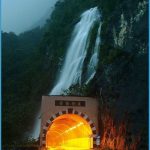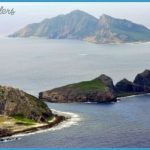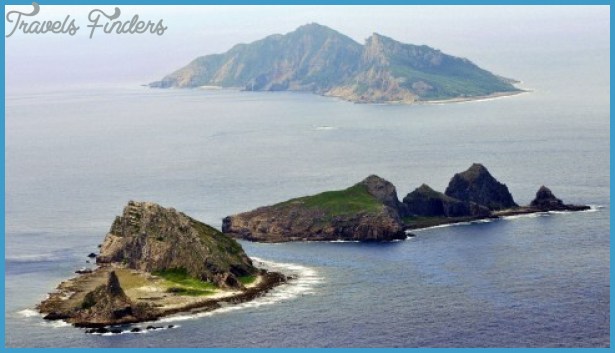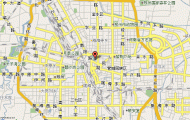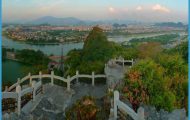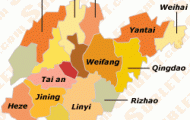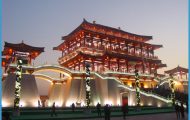Area: 36,179sq.km/13,965sq. miles. Altitude: 0-3952m/0-13,003ft Capital: Taipei
In the following brief description the spelling of Chinese proper names follows the Wade Giles System in preference to Pinyin transliteration.
The East Asian island of Taiwan (meaning “terraced strand”; formerly known as Formosa) lies between 21°45’E and 25°38’N and 120°1′ and 122°6’E, on either side of the Tropic of Cancer. It is separated from the Chinese mainland by the 160km/100 mile wide Taiwan (Formosa) Strait, with the East China Sea to the north, the Pacific Ocean to the east and the South China Sea (Bashi Channel/Luzon Strait) to the south. It is the heartland of the Republic of China (also known as Nationalist China), or Ta
Chung-Hwa Min-kuo in Chinese, which also comprises the 64 Penghu Islands (Penghu Lieh Tao) or Pescadores (area 127sq.km/49sq. miles and of volcanic origin) in the Taiwan Strait, the two small Pacific islands of Lan Yu (Island of Orchids) and Lu Tao (Green Island) lying to the south-east of Taiwan, and also-in addition to numerous other islets-the groups close to theChinese mainland known asQuemoy (Chinmen; 175sq.km/67sq. miles) and Matsu (Lienkiang; 29sq.km/11sq. miles) further north.
The island of Taiwan is over 36,000sq.km/13,900sq. miles in area, and Area and measures at the most 400km/250 miles from north to south and 140km/87 extent miles from east to west.
The topography of Taiwan is characterised by three roughly parallel moun Topograp tain chains running from north to south which are well over 2500m/8200ft high at some points. Situated almost exactly on the Tropic of Cancer,
Yu-shan (Jade Mountain, or Mount Morrison) is 3952m/12,970ft high, making it the island’s highest peak. These ranges of fold mountains were formed comparatively recently in geological terms. Taiwan lies exactly on the spot where the Philippine Islands and the Japanese Ryukyu Islands converge. The frequency of earthquakes (more than 150 each year!) shows that the faults which once caused the mountains to form are still present.
The central mountain range is the watershed of the short rivers flowing west and eastwards to the sea. The east coast is steep and not really suitable for cars, but the west coast slopes more gradually down to the sea with coastal plains which are more than 40km/25 miles wide in places, making them ideal for habitation.
Life on Taiwan is largely ruled by the alternately humid and subtropical Climate climate. The warmest time is in July, when temperatures average above 28°C/82°F. The coldest month is February, when levels often drop to below 15°C/59°F. Nevertheless, the annual averages are 25°C/77°F at sea-level in the south and 21°C/70°F in the north.

